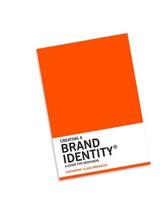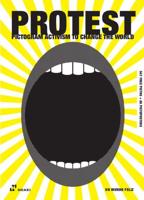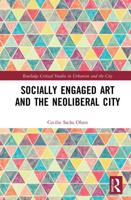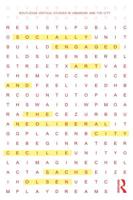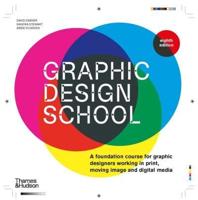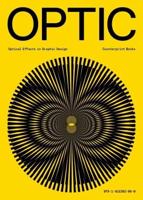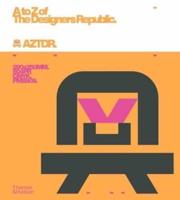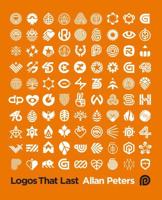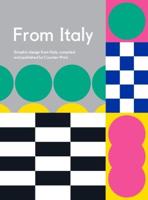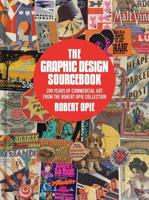Publisher's Synopsis
Among the most widely consumed digital images today are films and television series. This book examines dozens of mass media texts and aims to quantify and display the degree to which these texts are diverse and inclusive -- i.e., In a specific film, TV show, or social media post, how many main characters are minorities or women? We also investigate when and how diversity and inclusivity in media does not result in equity -- i.e., When and how are diverse casts used to tell racist, sexist, homophobic, transphobic, or xenophobic narratives?
We studied a wide array of movies and series (most produced in the U.S.), and for each media text, we tagged (using a GitHub repository) up to eight leading characters by race/ethnicity, gender, age, nationality, sexuality, and species. We also tagged specific themes and topics of each text that related to issues of racism, sexism, and other forms of bias.
MMRL A to Z consists of three types of digital visualizations:
1) Single images (glyphs) that encapsulate the intersections of identity for an individual character. (Example from Netflix drama Orange Is the New Black (2013-19): "Character A = white, cis, female, lesbian/ambiguous, 30-39, American, human"; "Character B = Black, cis, female, straight, 20-29, American, human").
2) Series of images (glyph arrays) that illustrate the degree of diversity in a single media text (how many characters of each ethnicity, gender, sexuality, nationality, age range, and species are featured in the text).
3) Word art composed of tags regarding notable themes, narrative arcs, connotations, subtexts, and/or historical contexts of individual films or series. (Example from Birth of a Nation (dir. D.W. Griffith, 1915): "lynching," "mammy," "Blackface," "Ku Klux Klan," "Confederacy.")
Our goal is for "MMRL A to Z" to function like a visual Bechdel Test for media viewers. The Bechdel Test offers one way for viewers to evaluate whether or not a piece of media is sexist, and this book offers viewers a means to evaluate a wider range of diversity at-a-glance for any given media property. We provide media users with a visual and textual vocabulary that allows them to assess, both quantitatively and qualitatively, how well a film or television series showcases minority and women characters/performers, and whether it does so in ways that are substantively feminist and intersectional or ways that reinforce patriarchal and oppressive cultural norms. The goal is to provide an intuitive yet rigorous and structured method to read media for diversity, inclusion, bias, and reception. These visual forms are a proactive strategy for discussing identity and managing bias.
Media Metadata Research Lab (aka MMRL) is an art research collective working at the intersection of data visualization, digital art, and cultural analytics. MMRL members include Abigail De Kosnik, Benjamin De Kosnik, Veronica Jackson, Matthew Jamison, and Jaclyn Zhou.

